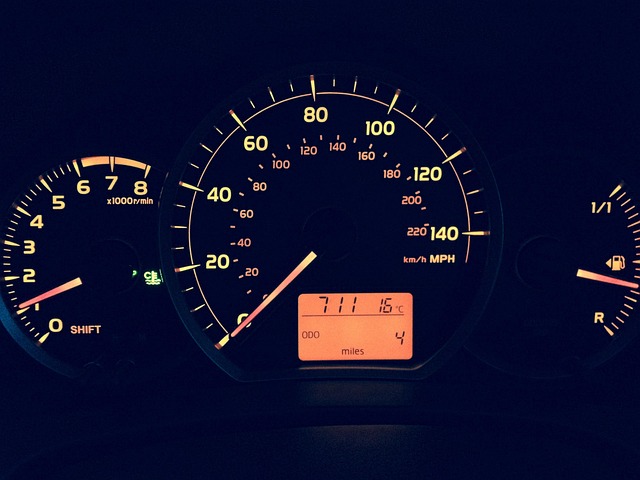
Traffic Laws in Texas
Understanding Traffic Laws in Texas
Traffic laws are essential for ensuring the safety and efficiency of the roadways. In Texas, these laws are designed to protect drivers, passengers, and pedestrians alike. With a diverse landscape that includes bustling cities and expansive rural areas, understanding the specific regulations can help everyone navigate the roads more safely.
Key Traffic Regulations
Texas traffic laws encompass a wide range of regulations. Here are some of the most important ones:
- Speed Limits: Speed limits vary depending on the type of road and area. In urban areas, the speed limit is typically 30 mph unless otherwise posted, while highways may have limits ranging from 60 to 75 mph. It is crucial for drivers to adhere to these limits to ensure safety.
- Seat Belt Use: Texas law mandates that all passengers in a vehicle must wear seat belts. Failure to do so can result in fines and increased risk of injury in the event of an accident.
- Driving Under the Influence (DUI): The legal blood alcohol concentration (BAC) limit in Texas is 0.08%. Drivers caught operating a vehicle above this limit face severe penalties, including fines, license suspension, and possible jail time.
- Right-of-Way Rules: Understanding who has the right of way is crucial for preventing accidents. For instance, at four-way stops, the first vehicle to arrive has the right to proceed. If two vehicles arrive simultaneously, the vehicle on the right has the right of way.
- Child Safety Seat Laws: Children under the age of 8 must be secured in a child safety seat unless they are taller than 4 feet 9 inches. This law is in place to protect younger passengers in the event of a collision.
Safety Tips for Texas Drivers
In addition to understanding traffic laws, drivers should also be aware of safety tips to enhance their driving experience:
- Stay Alert: Avoid distractions such as texting or using a phone while driving. Staying focused on the road is vital for safety.
- Use Turn Signals: Always signal your intentions when changing lanes or turning. This simple act can prevent misunderstandings and accidents.
- Maintain a Safe Following Distance: Keep a safe distance between your vehicle and the one in front of you. This allows for adequate reaction time in case of sudden stops.
- Adjust to Weather Conditions: Texas weather can be unpredictable. In rainy or foggy conditions, reduce speed and increase following distance to maintain control of your vehicle.
- Be Cautious of Pedestrians: Always yield to pedestrians at crosswalks and be vigilant in areas with high foot traffic.
Conclusion
Understanding and adhering to traffic laws in Texas is essential for the safety of all road users. By following these regulations and implementing safe driving practices, drivers can contribute to a safer driving environment. Whether navigating the busy streets of Houston or the quiet country roads, being informed is the first step towards responsible driving.

















 Kilometers to Miles Per Hour
Kilometers to Miles Per Hour 
 Health
Health  Fitness
Fitness  Lifestyle
Lifestyle  Tech
Tech  Travel
Travel  Food
Food  Education
Education  Parenting
Parenting  Career & Work
Career & Work  Hobbies
Hobbies  Wellness
Wellness  Beauty
Beauty  Cars
Cars  Art
Art  Science
Science  Culture
Culture  Books
Books  Music
Music  Movies
Movies  Gaming
Gaming  Sports
Sports  Nature
Nature  Home & Garden
Home & Garden  Business & Finance
Business & Finance  Relationships
Relationships  Pets
Pets  Shopping
Shopping  Mindset & Inspiration
Mindset & Inspiration  Environment
Environment  Gadgets
Gadgets  Politics
Politics 